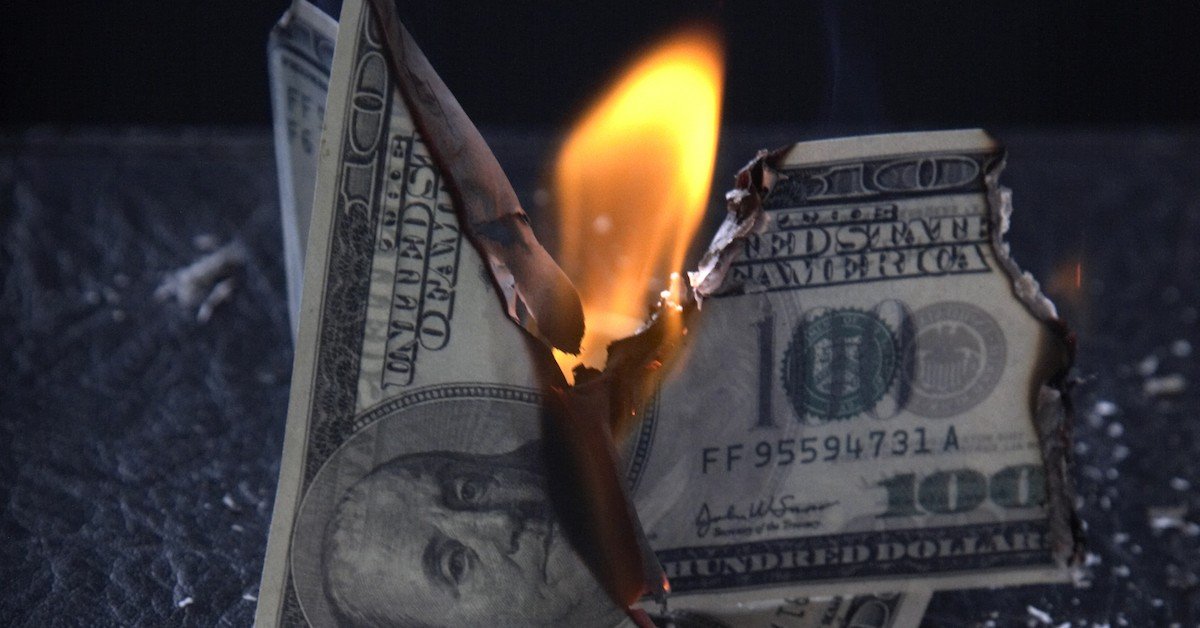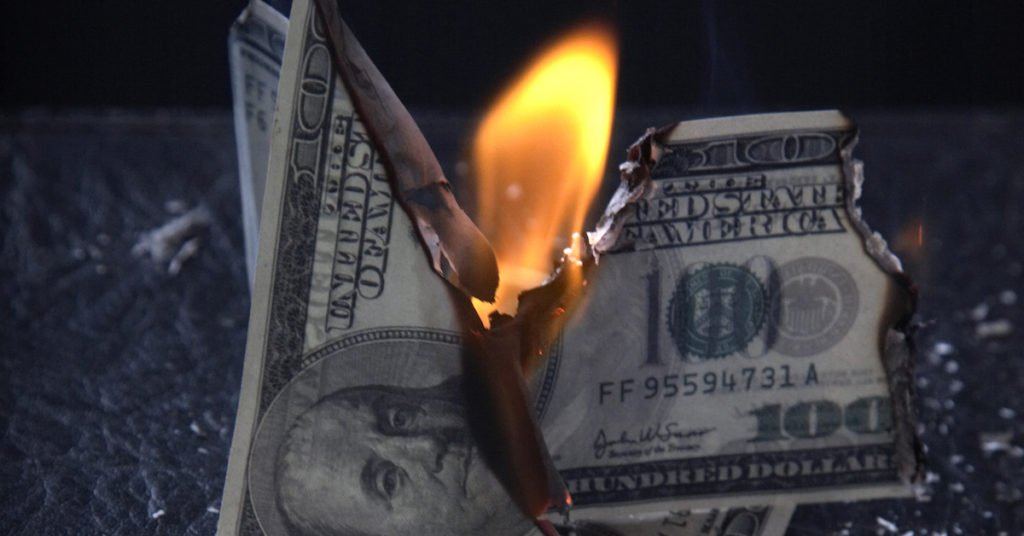75 years ago this month, a group of 744 delegates from around the world gathered at the very posh Mount Washington Hotel in New Hampshire to build a brand new global financial system.
The year was 1944. World War II was still raging in Europe and the Pacific.
But with the successful invasion of Normandy well underway, the Allies knew that Hitler’s days were numbered. And they needed to start preparing for a post-war world.
Everyone knew the US would emerge from World War II as the the dominant superpower.
So the financial system they designed put the United States at the center of the world economy.
They called it the Bretton Woods system, named for the town in New Hampshire where they gathered.
And their central idea was that the value of the US dollar would be fixed to gold at a rate of $35 per troy ounce, while every other currency would be fixed to the US dollar.
The Swiss franc, for example, was fixed at a rate of 4.3 francs per US dollar, while the Danish krone was fixed at 4.8.
Bretton Woods ushered in a period of remarkable economic stability worldwide.
During the roughly quarter-century that the Bretton Woods system was in place, banking crises were almost nonexistent. Recessions were rare.
And global debt fell from nearly 150% of GDP at the end of World War II, to roughly 30% by the early 1970s.
Then it all came to a screeching halt in 1971.
The United States, weighed down by a costly war in Vietnam, suddenly and unilaterally terminated the agreement.
The US government wanted the flexibility to print as much money as it needed without being forced to maintain the gold standard.
So the whole system collapsed, practically overnight.
And it was replaced by a new standard where unelected central bankers have supreme authority to conjure near infinite quantities of money out of thin air.
The effects have been pretty disastrous.
Ever since the end of Bretton Woods, global debt has skyrocketed to roughly $200 TRILLION, approximately 225% of GDP.
Banking crises and financial shocks have become much more commonplace. Market crashes are more severe. Recessions are more common. Inflation worldwide has soared.
(It’s ironic that, back in 1944, the price of a room at the Mount Washington was $18. Today it’s over $250.)
Perhaps most of all, we now regularly witness some of the most extreme financial anomalies imaginable.
And one of the most obvious examples of this is negative interest rates.
In a number of countries, including Switzerland, Japan, Denmark, and the entire Eurozone, central bankers have printed so much money that interest rates are actually negative.
If you buy a TEN YEAR German government bond, for instance, your annual investment return will be NEGATIVE 0.27% per year, based on this morning’s rates.
That’s insane.
But just a few days ago the insanity reached a whole new level.
According to the Wall Street Journal, there are now some JUNK BONDS in Europe that have negative yields.
Think about this: a junk bond is basically debt issued by a company with financials so risky that analysts expect there’s a good chance the company won’t pay its debts.
Hell, the company might not even be in business by the time the debt matures.
And yet, despite these substantial risks, investors are willing to loan money to these companies… at NEGATIVE rates of return.
Seriously?? You take all that risk and then GUARANTEE that you’ll lose money.
Honestly I’m not a pessimistic person. But this sort of absurdity makes me pause and consider what might happen next.
The global economic expansion is one of the longest on record, ever. Financial markets around the world are soaring at all-time highs. Stocks. Bonds. Real Estate.
One of the only things we know for sure about financial markets is that they are ALWAYS cyclical. Up/Down, Boom/Bust. These cycles have been with us forever.
It’s impossible to predict exactly WHEN the decline will occur. But when you see JUNK bonds with NEGATIVE yields, it’s likely that we’re probably close to the end of the boom phase.
It’s possible this madness could continue for a while longer. Or it could end tomorrow.
No one has a crystal ball… but the important fact is to realize that at some point, this trend has got to correct.
All the trillions of dollars printed out of thin air to buy securities that yield negative interest rates will eventually have consequences.
That’s why I think makes sense to take sensible steps to protect yourself… no matter what happens next.
That’s why I own gold.
Gold is still one of the only asset classes in the world that’s not anywhere near an all-time high (unlike stocks, bonds and real estate).
In fact, relative to what’s going on in the world, gold is downright cheap.
Gold is something people tend to buy in times of uncertainty… and right now, there is a lot of uncertainty.
Between trade disputes, financial madness, and the Bolsheviks coming to power, I see a lot of reasons to own gold.
Gold is also at an interest tipping point: gold supplies around the world are falling, and that could be a major catalyst for much higher gold prices in the future.
It’s never a good idea to dump all your life savings into any one thing. But at a time when central banks are printing more money out of thin air, and the bull market is long in the tooth, allocating a portion of your savings to gold can make a lot of sense.
As part of Sovereign Man’s 10th anniversary celebration, I’d also like to share another complimentary preview of one of our premium reports.
Inside, you’ll learn three ways to profit from gold’s likely surge.
And for a limited time I’d like to extend you a rare invitation to join our flagship international diversification service, Sovereign Confidential, at over 60% off.









